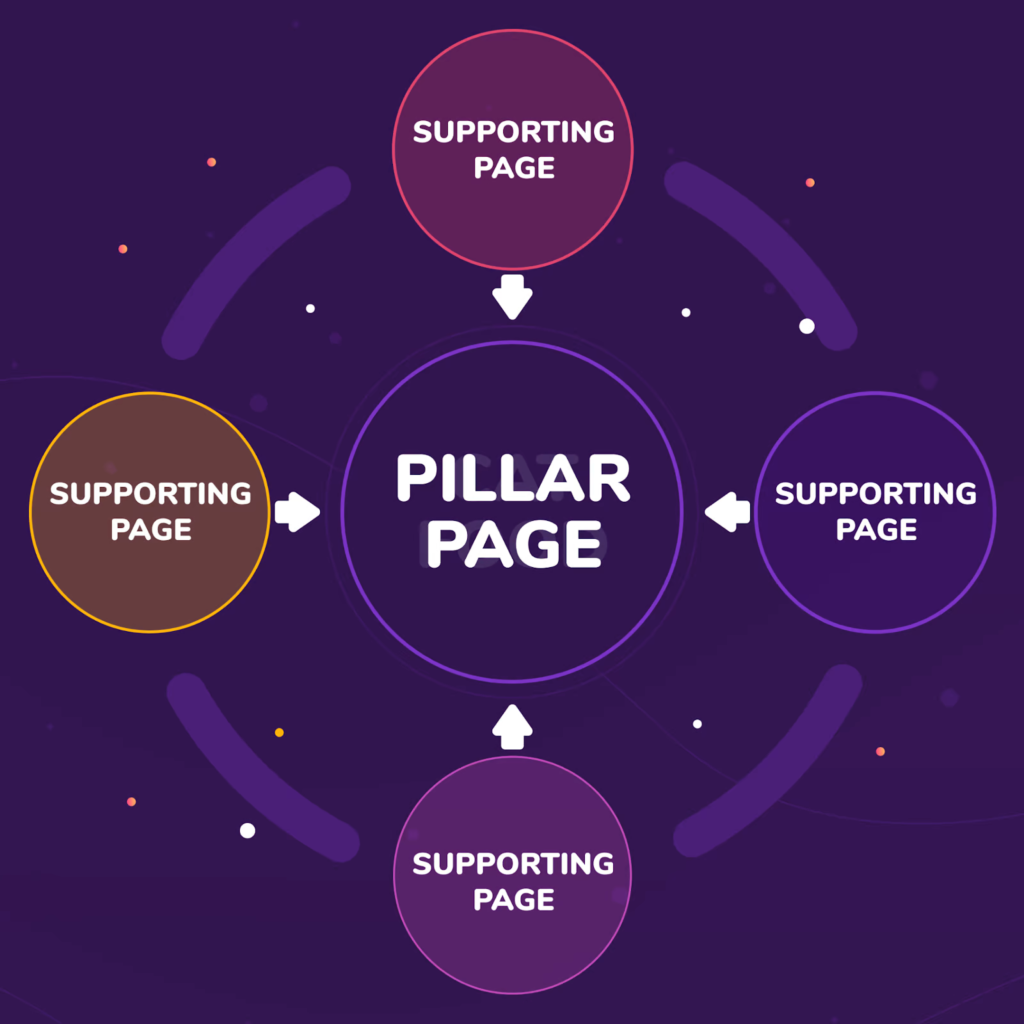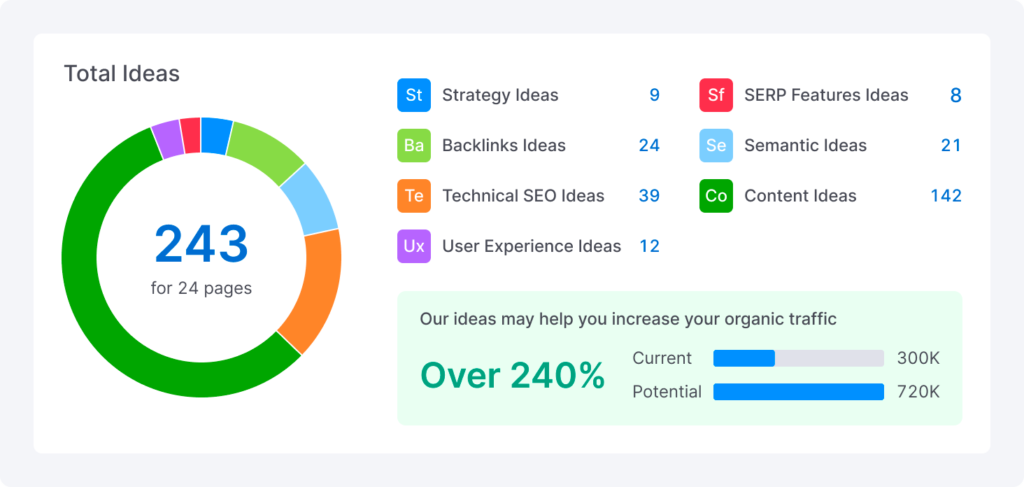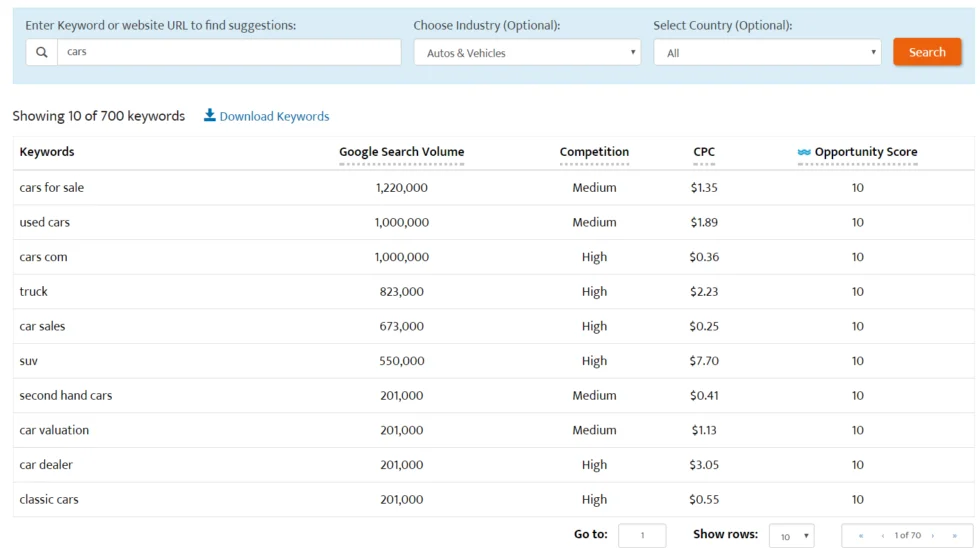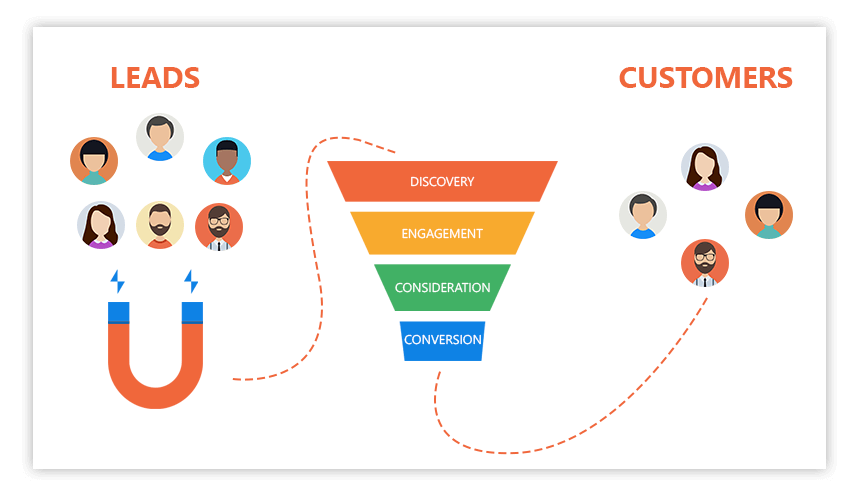
Table of Contents
- What are topic clusters?
- Topic cluster example
- How do topic clusters help SEO?
- How do topic clusters help Google understand your site?
- How to create topic clusters?
- Key takeaways
- Conclusion
- FAQs
The days are long gone when Google search ranking of a website was only dependent on keyword stuffing. Today, Google follows a more extensive approach to ranking pages. A site must offer complete knowledge of the searched query to obtain higher rankings in this competitive game. That’s where topic clusters, also known as content clusters, come to the rescue. Collectively, they provide complete information on a given subject through subheadings, frequently asked questions, and synonyms.
Adopting the topic clusters SEO model will bolster your content strategy and content publishing calendar. It will help you grow your customer base, appear faster and higher in search engine rankings, and uplift conversions. Both readers and search engines trust a website with topical authority. It means enlightening your reader with complete knowledge of a said topic via the main page, relevant inbound links, subtopics, keywords, and cluster pages of germane terms.
Whenever a search engine crawls a webpage to rank it, it will prefer topic cluster SEO over ancient keyword stuffing. The problem is, publishing a variety of content takes time. Over time, you’ll rank higher among competitors, and organic traffic will flow like water. Content clusters are pivotal in organizing the deep ocean of information.
Google aims to deliver specific results to their customers even when they misspell a query. Authoritative content and links to all related topics allow Google to achieve such a feat.

What are Topic Clusters?
Topic clusters are a group of content assets that completely covers a topic. The primary information is present on a pillar page. Meanwhile, a reader can explore further subtopics, relevant terms, and more through strategically interlinked content pages. The content cluster SEO model retains a reader on the site and allows in-depth access to further information. Topic clusters and SEO play a significant role in eliminating junk information in search engine results. The key terms in content clusters are –
- Pillar page: It is the main page that presents ample knowledge on a specific topic.
- Cluster pages: Pages reveal further relevant issues mentioned briefly on the pillar page.
- Hyperlinks: Internal hyperlinks that connect the pillar page and cluster pages.
When it comes to topic clusters SEO, you must establish a strong pillar page with robust information on a topic. The next step involves building cluster pages with relevant information. The final step is to hyperlink cluster pages to the pillar page via strategically placed anchor text. Google strongly advises keeping the anchor text short and relevant to the topic.
Topic Cluster Example

Let’s take the example of the Wikipedia structure and a movie; let’s say “The Dark Knight.” The pillar page for the film contains all the primary information, along with subheadings such as Plot, Cast, Filming, Costumes, Accolades, Soundtrack, and more.
Furthermore, if a reader wishes to explore more info about a specific actor, say ‘Heath Ledger’; they can click on his name (Anchor text) from the cast section, and the hyperlink will redirect them towards Heath Ledger’s page. This applies to the director, other actors, writers, and more. Inbound links to other cluster pages can be traversed through these cluster pages, containing more content.
Content clusters empower the readers with the freedom of choice to explore additional details. The pillar page will present the primary content with strategic interlinking to other relevant topics.
How do Topic Clusters Help SEO?

Topic clusters SEO are robust tools to do long-term SEO. This strategy is second to none in bringing long-term organic traffic. Even if you employ less competitive keywords, the authoritative content with multiple in-depth cluster pages will result in higher search rankings. Content clusters help SEO in the following ways:
1. Topic clusters allow better keyword research and placement
Keyword placement will always be the core of SEO. Several SEOs only focus on competitive and expensive keywords (Because of high search volumes). Such an approach always misses the big picture of being comprehensive. It also fails to rank well in search engine rankings due to the lack of range in keywords. If the reader has to search for further relevant information elsewhere, you have failed your purpose.

On the other hand, those SEOs that only include less competitive long-tail keywords are also incorrect. Due to such long keyword placement in many instances, the content becomes redundant and boring; hence, the reader exits. Initial higher rankings of long-tail keywords fail in the long run.
When an SEO applies the content cluster approach, the list of keywords will be more organized, better categorized, and well grouped. Such a method incorporates various short-tailed and long-tailed keywords. The reader will gain complete information on specific and relevant topics via pillar and cluster pages. Also, the search engine rankings will be higher because you offer well-explained authoritative content that includes all the search terms.
2. Topic clusters improve conversion rates
People rely on Google for solutions to their dilemmas. The selection of a new phone among several prospects. A deeper and more technical understanding of the car one wishes to buy. Or maybe, the review of a movie they are planning to see. Once a reader visits your content, the “Conversion funnel” begins.

A conversion funnel is a term used to define the process starting from simply browsing and ending with a confirmed sale. A sale involves multiple layers of content to engage a potential customers, clear their doubts, and offer them a product or service. If we pitch a product at the wrong step, the potential customer will leave. SEO topic clusters allow a systematic approach to improving UI and UX conversion rates.
By understanding the doubts of our customer segment, we plan the layers of content clusters accordingly. Various buyers have various doubts, and they need to be addressed step-by-step in an engaging way. Topic clusters and SEO come in handy when a potential customer needs more information to be decisive. When we offer quality answers to a prospect’s problem, they will return to make the final purchase.
3. Content clusters empower comprehensive content
Google ranks pages with topic clusters better than pages without. This parameter of Google allows us to create valuable content with in-depth information about any given topic. Although it is a time-consuming process, it offers comprehensive content to readers. Your blog will become authoritative on a particular niche, resulting in higher engagement time. Conversion rates can be improved through the use of SEO topic clusters.
For example, if you own an online b2b hospitality store, the pillar page of your blog will describe how you conduct business, your mission, and your vision. The products your store offers, be it fixed assets or operational items. Subsequently, the cluster pages of your blog can be about purchasing tips, various hotel quality products, insights into the hospitality sector, tourism trends, and more. Such an all-inclusive blog will eliminate the need for the readers to check out search engines for more info. All thanks to the topic cluster approach of creating a pillar page and cluster pages; interlinked via anchor texts.
How do Topic Clusters Help Google Understand your Site?
Google understands the context of your website via “On-page SEO elements,” which include the meta title, meta keywords, headings, subheadings, and paragraphs. However, Google establishes your authority over the content through hyperlinks (anchor texts). Where do these inbound links lead? Topic clusters set up the context, hierarchy, and connection for Google to comprehend.
For example, if your website is about bands, how will Google understand its context in the sea of content? The band can mean a musical group or a ring-like ornament. Anchor texts, pillar pages, and clusters will help Google understand your website’s context (meaning).
To play this factor to your advantage, always cover a topic in its entirety through pillar pages and content clusters. If you successfully achieve this feat, Google will count you as an authority on a topic. Hence, your search engine ranking will significantly increase.
How to Create Topic Clusters?
Step 1: Create pillar articles
The pillar article will be the center of your entire content. Choose the topic wisely; your website will be known for it. As the name suggests, it is the pillar of your content. Make the article scannable by breaking it down into subtopics, paragraphs, bullet points, and so on.
Step 2: Create cluster pages
These cluster pages will extend the reach of your pillar article. They are shorter and present something relevant and an extension to the pillar.
These web pages always link back to the pillar and other cluster pages.
Step: Selection of topics
The core of your content should be broad enough to write subtopics. But, only write the essential points in your pillar. There has to be room to create clusters of subtopics.
Step 4: Content audit
Establishing a structure to map your content publishing progress is vital. Keeping a record of published, unpublished, and work in progress content will help chart a publishing calendar. This structure simplifies the system for your writers and editors. You will also gain insights on the topic and the readers.
Step 5: Understand your readers
The aim of a blog should be to solve problems for readers and illuminate them with expertise on the topic. The blog plays a significant role in converting a sale. Understanding the reader’s confusion and pain points will help you draft the best-structured content.
Step 6: Keyword research
The best SEO is a blend of topic clusters and keywords. Your content should establish a balance between long-tail and short-tail keywords. Employ high and low search volume keywords to attract all related search queries.
Step 7: Identify and fix content gaps
Leave no stone unturned. Content gaps are the missed sections that we knowingly or unknowingly skip. Whatever your pillar topic is, address it entirely in the proper structure. For example – If your blog is about Nutrition, you must not skip writing on any vitamins, minerals, and so on.
Conclusion
Topic clusters and SEO are trees of the same garden. Use relevant industry keywords, create cluster posts wisely, write genuine insights; the traffic will flow like a river to your website.
Once you master the art of pillar SEO blog writing and composing cluster content well, you will notice an unprecedented boost in traffic, queries, and sales inquiries. Writing relevant and straightforward copies for your potential customers or readers is the trick. Keep the length of your pillar post between 2000 and 5000 words. The complexity of the core topic dictates the word count of the pillar page. The longer a reader stays at your website, the better your SEO rankings.
Key Takeaways
- The pillar page should address a broad range of information on the core topic.
- The cluster pages should expand the reach of the core topic via short blog posts (subheadings).
- Broadly covered and deeply explained content ranks higher in search engine rankings and brings long-term organic traffic.
- Topic clusters SEO are an asset to the business — they increase customer loyalty, boost sales, and improve brand awareness.
- Content clusters sync well with Google’s algorithm, establishing a robust relationship between the pillar and clusters via hyperlinks.
- Create separate posts to explain a topic systematically. Avoid explaining the entire topic in just one post. Unusually long content vexes the readers.
- Anchor text, a keyword, works well to increase searching engine ranking.
- Always place the anchor texts strategically and subtly.
FAQs
It is the organization of content into specific groups that surround a primary topic interconnectedly. It plays well with the ever-changing scenario of digital marketing.
Pillars are web pages that provide thorough info on a topic. Topic clusters are a collection of interlinked web pages that bestow in-depth knowledge on related content of a primary subject.
It is a tutorial blog or article intended to explain something to readers. They are usually longer than 500 words and suggest practical knowledge, insights, and examples on a topic.
Content buckets are categorized themes and topics to design social media campaigns. They empower the consistent publishing of social media campaigns.
1. Pillar: This page holds the primary content and overview of a specific topic.
2. Cluster: A group of interlinked pages that provide extensive information on relevant subjects to the pillar page.
3. Anchor texts: Strategically placed hyperlinked content containing relevant inbound links.
Latest Blogs
In this blog, explore the golden rules of using AI marketing tools so you can leverage the benefits to their maximum potential.
In this blog, you’ll learn how to avoid the pitfalls of SEO over-optimization while enhancing your site’s performance.
In this article, we’ll take a look at what AMP is, its advantages and disadvantages, and how it affects SEO.
Get your hands on the latest news!
Similar Posts

Content
9 mins read
Content Marketing vs Advertising – Which One is More Effective?

Content
11 mins read
Interactive Content vs. Static Content: Which is More Effective?

Content
6 mins read